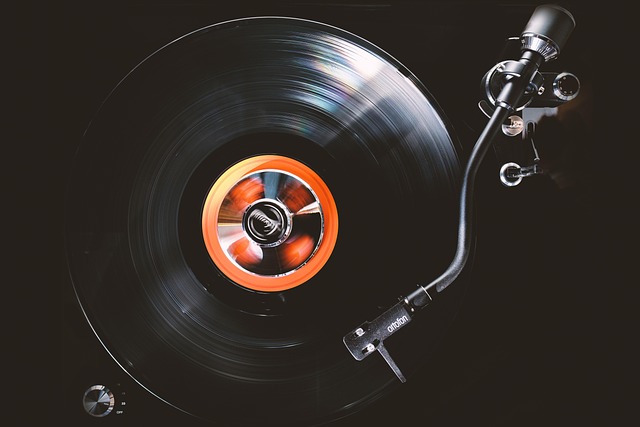
Unlocking Superior Sound Quality: Embracing Analog Audio Output in IT Hardware
The world of informational technology is a vast ocean of progress and innovation, with new advancements emerging almost daily. Amidst this rapid evolution, one area often overlooked is audio output. In an age dominated by digital streams and crisp sound systems, the charm of analog audio output has gained renewed interest among audiophiles and IT enthusiasts alike. It’s a nostalgic reminder of a simpler time, capturing the essence of sound in its purest form.
When we talk about analog audio output, we invoke a sense of warmth and richness that digital formats sometimes fail to replicate. IT hardware, from sound cards to high-fidelity audio interfaces, can leverage this functionality to produce sound that resonates deeply with users. Unlike their digital counterparts, which often compress sound into binary codes that can lose subtle nuances, analog systems convey a fuller sound that seems to reach all corners of the auditory spectrum. This is particularly important in fields where audio clarity is paramount, such as music production, gaming, and broadcasting.
Implementing analog audio output in IT hardware can enhance the overall experience for users. For those in creative industries, having equipment that faithfully reproduces sound can make a significant difference in the quality of their work. Musicians, for example, rely on the rich textures that analog equipment can provide, allowing for a depth of audio that amplifies the emotional impact of their recordings.
Moreover, for casual listeners, embracing analog audio output in IT hardware brings an element of warmth to everyday audio experiences. It transforms simple tasks—like listening to a podcast or enjoying a favorite playlist—into immersive experiences. The tactile nature of analog devices, such as the satisfying turn of a vinyl record or the smooth operation of a cassette player, fosters a connection to the music that many find lacking in purely digital formats.
The resurgence of analog audio output demonstrates that technology doesn’t always have to be cold and detached. Instead, it can evoke feelings and memories, bridging the gap between the past and the present. IT hardware manufacturers who recognize this demand and invest in superior analog audio output technology are catering to a growing audience that values authenticity as much as quality.
Furthermore, as we progress into a more sustainable future, analog audio output presents an intriguing angle on environmental considerations in IT. Many analog devices are built to last, resisting the planned obsolescence that plagues many digital gadgets. This durability appeals to a growing demographic of consumers that prioritize eco-friendly practices and longevity in their purchases.
In a world where digital reigns supreme, the appeal of analog audio output remains strong. It invites discussion about the values inherent in our technological choices and encourages us to rethink what audio quality truly means. As IT hardware evolves, the integration of analog components may just be the bridge we need to connect our digital lives with the lush, organic soundscapes that only analog can deliver.
Embracing this technology, whether in a professional setting or within our personal audio systems, allows us to celebrate sound in all its glory. In return, it satisfies our innate desire for connection and authenticity in an increasingly digital age, proving that sometimes, the best things are the ones that never truly go out of style.



